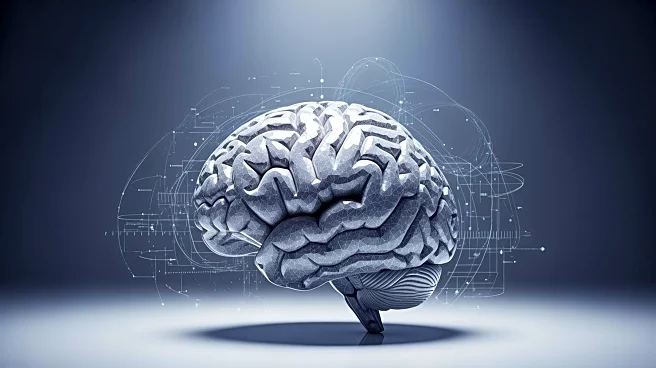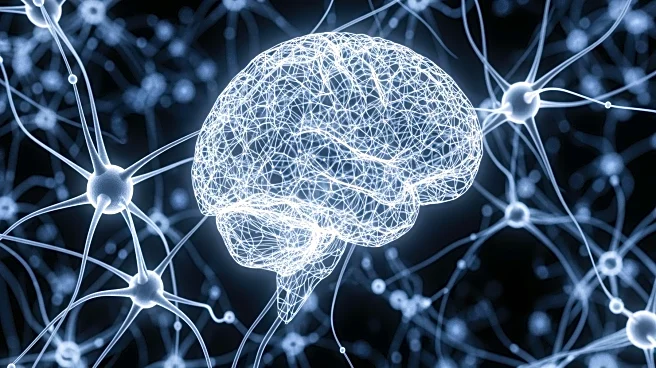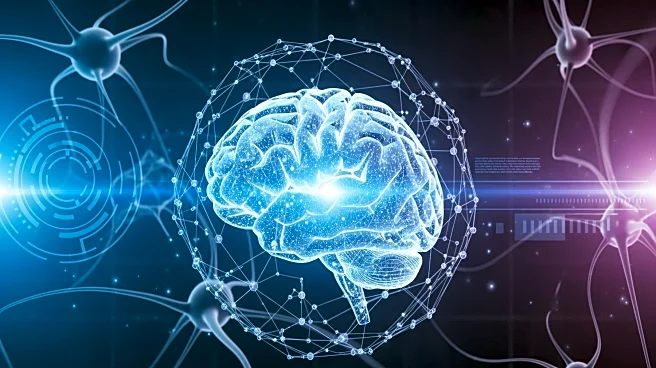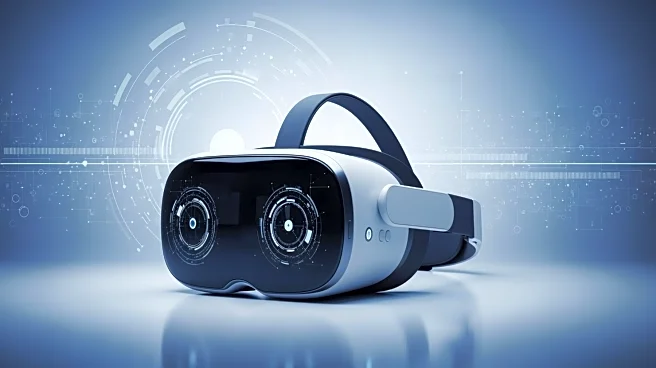What's Happening?
A computational neuroscientist shares insights gained from witnessing live neurosurgeries, highlighting the gap between computational models and the realities of the human brain. The experience revealed
the brain's complexity and individuality, challenging the scientist to refine models to better reflect the brain's true nature. The collaboration between neuroscientists and neurosurgeons emphasizes the importance of integrating scientific and medical perspectives to advance understanding and treatment of the brain.
Why It's Important?
The insights gained from live neurosurgeries underscore the limitations of current computational models, which often simplify the brain's complexity. This experience highlights the need for interdisciplinary collaboration to improve brain modeling and enhance surgical techniques. By bridging the gap between models and reality, researchers can develop more accurate tools for understanding and treating neurological conditions, ultimately benefiting patients and advancing the field of neuroscience.
What's Next?
The collaboration between neuroscientists and neurosurgeons is expected to continue, with efforts to refine computational models and improve surgical precision. This interdisciplinary approach may lead to breakthroughs in understanding brain networks, predicting surgical outcomes, and developing less invasive techniques, contributing to better patient care and scientific advancements.
Beyond the Headlines
The experience reflects broader challenges in neuroscience, where the complexity of the human brain requires innovative approaches to modeling and treatment. It highlights the ethical considerations of relying on simplified models and the importance of grounding research in real-world observations.











